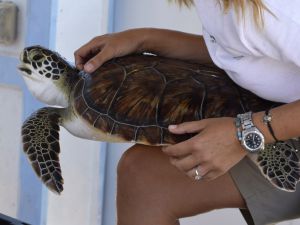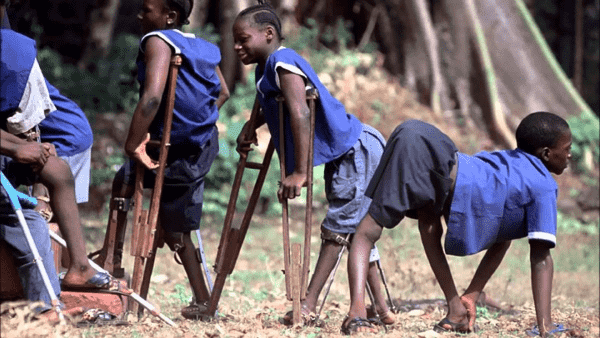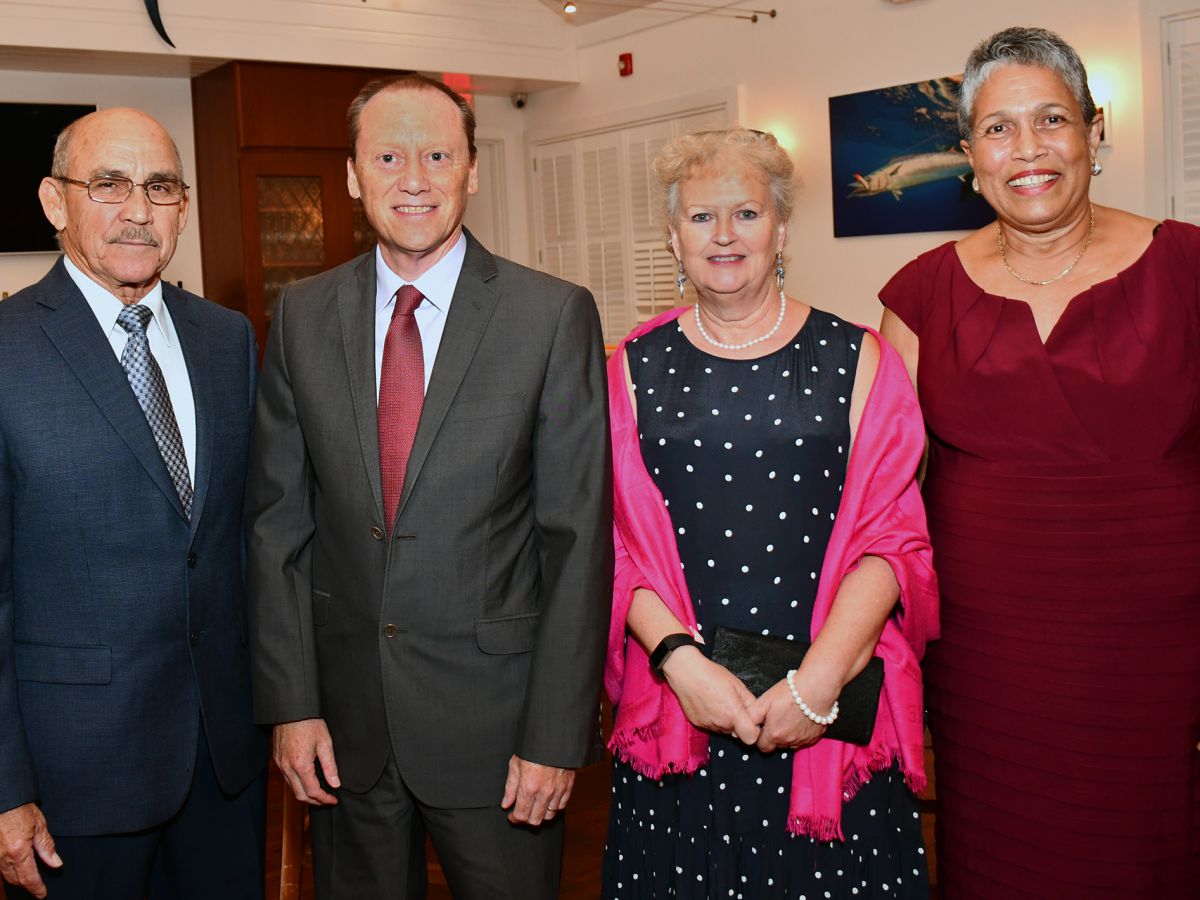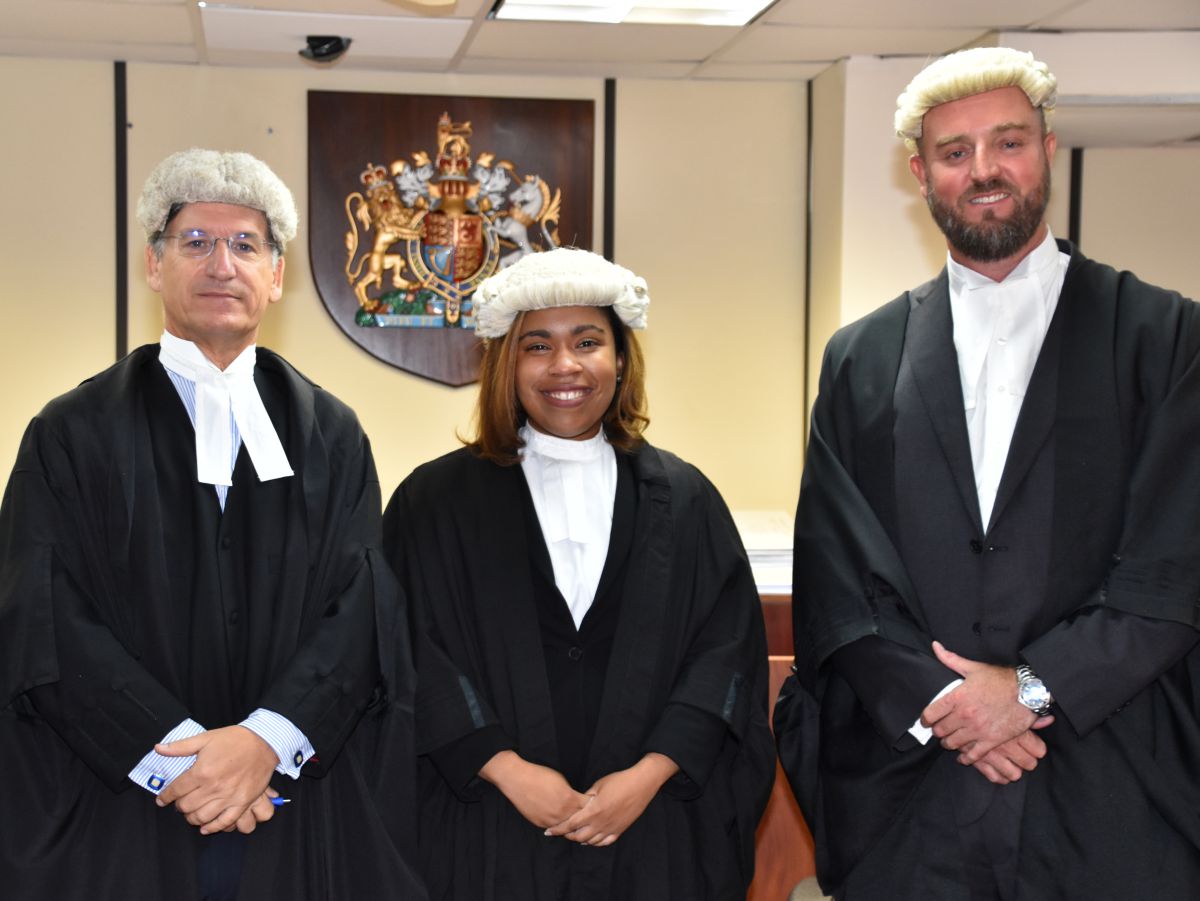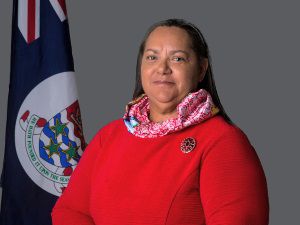(CNS Local Life): For the first time, the Cayman Turtle Centre released yearling green sea turtles into the wild in Cayman Brac. Government leaders, local residents and island visitors gathered at the South Side public beach on Friday, 23 March 2018 to witness the eight yearlings make their way out into the open sea to join the 31,000-plus turtles already released by the centre.
The turtles were flown in water-filled tubs, and then carried by the centre’s conservation team to the shore to start their journey into the wild, stated a Cayman Turtle Centre press release. Students from Layman E. Scott High School were among those who released the sea turtles one by one.
“It was a significant moment, not only for Cayman Turtle Centre, but for the long and rich history of Cayman Brac, whose first settlers depended on the turtles for their survival,” said the centre’s managing director Tim Adam. “This year the centre is celebrating half a century of turtle conservation success.”
The released turtles are part of the Turtle Centre’s “head-start” programme, a conservation technique that involves growing the tiny hatchling turtles to a size where they are able to remain safe from all but the fiercest predators.
“Cayman Brac and turtles go back a long way,” said Adam. “When Christopher Columbus first saw Cayman Brac and Little Cayman he officially named them ‘Las Tortugas’, the Spanish words meaning ‘The Turtles’, because of the abundance of turtles in the sea all around them.
“Today, turtles are recognised as such an important part of our islands’ history that they appear on our bank notes, on our flag and on the tails of Cayman Airways planes.”
Fragile hatchlings have only about a one-in-a-thousand chance of survival, but year-old turtles are much less vulnerable, so a large percentage are expected to survive until adulthood, said the press release. The turtles will eventually return to the beach from which they were released to lay their eggs in about 20 or 25 years’ time.
“Conservation has always been at the heart of all we do,” Adam added. “The turtle nest surveys undertaken annually by the Department of the Environment have revealed more than a sevenfold increase in the numbers of green sea turtle nests around Grand Cayman when we compare the five-year average ending 2004, to the five-year average ending 2017.
“More recently, the UK-funded Darwin Plus Initiative has shown that that a minimum of 50 percent of the genetic material of nesting turtles in Cayman is attributable to those released from this one-of-kind facility.”
There is, however, one other initiative in the Cayman Islands through which endangered reptiles are captive-bred, head-started, and released to the wild – the Blue Iguana Recovery Programme.
For every released turtle, the Turtle Centre follows (with full-time veterinary oversight) an enhanced version of the pre-release quarantine and health-evaluation protocols already approved by the Department of Environment for blue iguanas released from the Queen Elizabeth II Botanic Park, said the press release.

